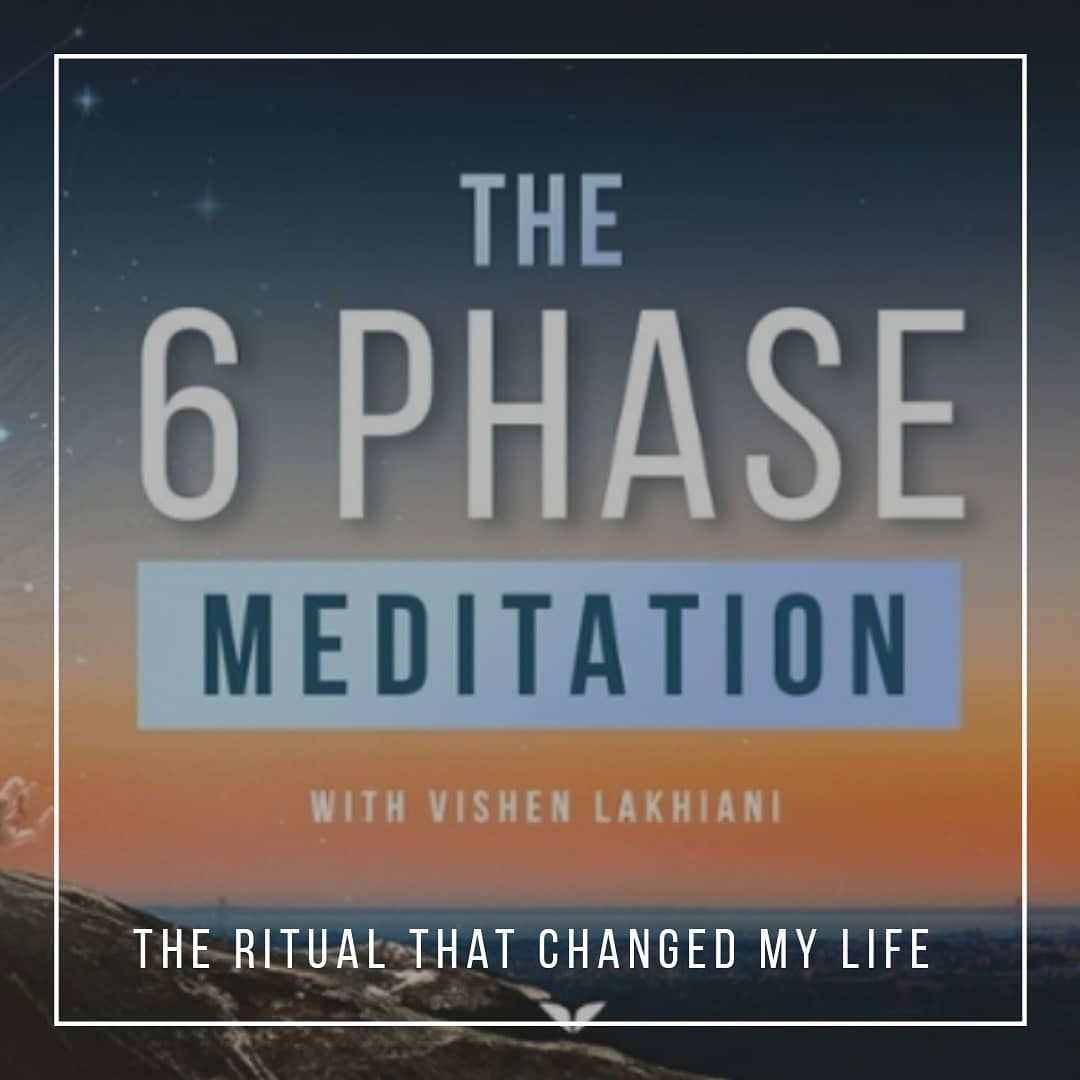. Most of the time, we are no longer proactive about the consequences, and when things get out of hand, we realize that it was not meant to achieve what it did.
However,
2.
3.
4. Anjali Mudra
Anjali Mudra is a universal form of greeting in many cultures; place the palms of both hands against each other. This means that we are welcoming the divinity in the person in front of us. By acknowledging the greatness of the person you are showing this symbol or mudra to, your ego no longer exists. This is a mudra that has been around since time immemorial – palms placed against each other help to create a sense of peace and calm in the person performing this mudra. This mudra is accompanied by a gentle smile on the face, which comes as a very natural instinct. From here, aspects of pleasant behavior and a sense of calm come naturally.
The unique feature of this mudra is that it helps to improve the attitude or state of mind when we are in this mudra, so we can visualize a white glowing light surrounding us when we do this, in a sitting position, and also instill in our hearts a feeling that everything is calm in our lives, no matter what is happening around us. This element of auto-suggestion helps to create many ripples of the same and the reality follows the thought that was planted in the mind at the beginning when we started practicing this mudra.
5. Kaleshvara Mudra
This mudra is as unique as it sounds. To practice this mudra, touch the tips of the middle fingers of both hands to each other. Stretch only the middle fingers and then touch their tips. Fold or bend the rest of the fingers forward. Then touch the knuckles or joints together. The tips of the thumbs also touch each other. Point the tips of the thumbs towards the chest and spread the elbows outward. By practicing this mudra, the feeling of nervousness fades away, leaving the practitioner calm and balanced. All fear disappears. This is a mudra with excellent and instant results. Often you can feel the currents of depression and anxiety disappearing. By performing this mudra, we are freed from the constant fears that always haunt us.
6. Uttarabodhi Mudra
Uttarabodhi Mudra as the name sounds is similar to Kalesvara Mudra. It also means performing the mudra with the palms joined together. Keep your hands in front of the solar plexus. Then join all the fingers except the index finger and the thumb. The tips of the index finger and the thumb should be joined together. The index fingers point toward the sky or upwards while the thumbs point toward the floor.
This is a mudra with instant effect. By practicing this mudra, one can calm down the agitated mind. Also, any anxiety can be calmed by constantly and continuously practicing this mudra. Not only these, but this mudra also helps to overcome any anxiety. It is wonderful when one is in the midst of any heartache or sorrow. When the fear factor disappears, the next step is to increase the level of self-esteem. This raises morale and then follows the development of overall self-confidence. It is also responsible for the overall and holistic development of the personality. Many people believe that with regular practice, Uttara Bodhi Mudra develops critical thinking, reading, and writing. Over time, it helps to consistently gain enough clarity to be able to make informed decisions.
7. Agni Shakti Mudra
Agni Shakti Mudra is a slightly different type of mudra. It involves not only the palms and fingers but also the arms. The hands of both hands are held at shoulder level and bent at the elbows, bringing the palms close to the front of the chest. The palms of both hands are folded into fists, and the tips of the thumbs of both hands touch each other. This is easy to do, but it takes some effort to stay in the same position for a longer period of time, as the position may require the practitioner to apply some pressure while trying to keep the hands at shoulder level.
A distinctive feature of this mudra is that it helps with fits of anger or rage. In addition, it also helps with fits of instability of the mind, trying to overcome the influence of temperament and a state of suffering or depression. Immediately after you are in this position, peace and serenity find their way into the very core of the psyche. Toxic states of mind, negativity, fear, and anxiety disappear forever when one begins to practice this mudra. Peace is one of the many benefits.
8. Vayu Mudra
Mudras for Relieving Stress and Anxiety: Vayu Mudra
Vayu Mudra, as the name itself tells us, is associated with increasing the presence of the air element in our physical body. Thus, with the practice of this mudra, the imbalance of air in our body is eliminated. To practice this mudra, first sit in the pose of Sukhasana, Padmasana or Vajrasana, whichever resonates with your body, as comfort is of utmost importance.
From here, take both your hands and place them on your respective thighs. Then bring the tip of the index finger (pointer) to the base of the thumb. Then place the thumb firmly on the bent index finger and hold it tightly. Remain in this mudra for a long time, simultaneously taking a relaxed inhalation and exhalation. The immediate benefits are a calm state of mind and a pleasant disposition that comes to us. We stop being irritable and patience is an attitude that we experience slowly.
9. Prithvi Mudra
In the Prithvi (earth) mudra, the tip of the ring finger touches the tip of the thumb. As we have seen, the thumb is the fulcrum of all mudras, without it, it is impossible to perform any mudra. The tips of the thumb and the tips of the ring fingers touch each other on both hands, and the hands rest on the hips. This mudra helps to relieve not only the pain associated with the joints in the body but also the mental pain that we experience during stress. We feel agitated, and then the melancholy turns into a nagging pain in the epigastric region – the solar plexus, where any tension turns into pain. The solar plexus is the heart of our belly, which can relate to the emotions we are going through.
Regular practice of this with deep Ujjayi Pranayama helps to stabilize and ground ourselves from the onslaught of the full range of emotional turmoil that some of us experience. Who says you can’t control stress and anxiety? Of course, mudras help us overcome them and protect us from depression.
Prithvi Mudra
Other Benefits of Mudras
Besides helping with depression, stress, and anxiety, mudras can do much more for you:
There are special mudras for hair growth and reducing hair loss.
To reduce the effects of aging, discover the special ways mudras can help, along with meditation. There’s a reason people say that “meditators look younger.”


